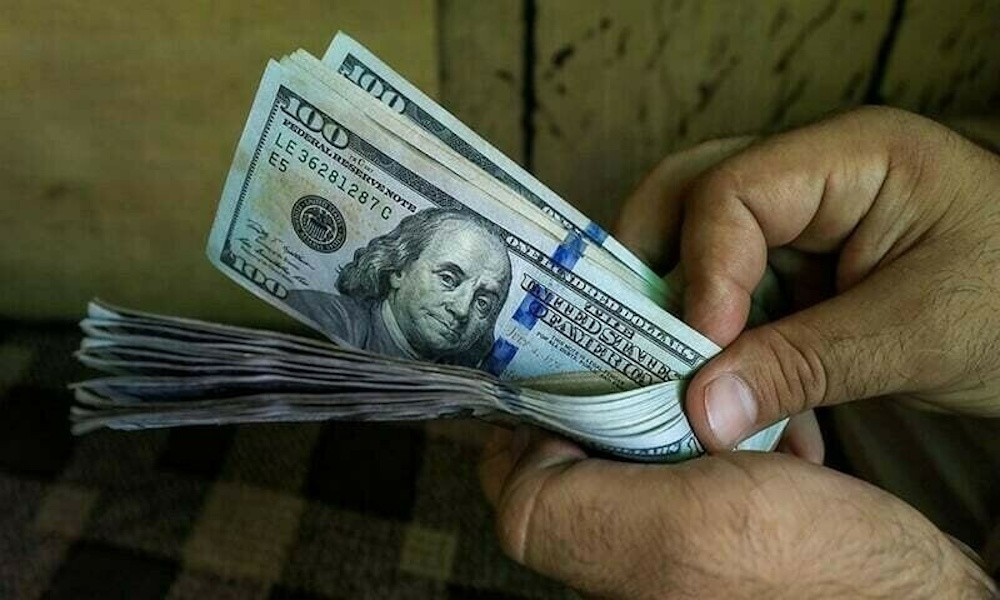
The U.S. dollar experienced a decline on Thursday, influenced by the ongoing Sino-U.S. trade war that dampened investor sentiment. Additionally, increasing expectations regarding a potential interest rate cut by the U.S. Federal Reserve this year further pressured the greenback. The euro increased by 0.14% to $1.1664 in early trading, reaching a one-week peak. The yen strengthened, reaching a one-week peak of 150.52 per dollar. The dollar index, which assesses the greenback relative to six other currencies, experienced a decrease of 0.16%, settling at 98.512, and is on track for a weekly decline of 0.33%. Investor attention has centered on the trade conflict between the largest economies, as U.S. officials criticize China’s tightening of rare earth export controls, labeling it a risk to global supply chains. The commerce ministry of China has justified the controls by highlighting U.S. actions against Chinese goods and companies, labeling the criticism from the U.S. as hypocritical.
In the context of ongoing reciprocal measures, U.S. President Donald Trump maintains an expectation to engage with Chinese President Xi Jinping in South Korea this month, as stated by U.S. Treasury Secretary Scott Bessent. Vasu Menon observed that the most recent trade measures will be implemented in November following the meeting between Trump and Xi. “Should the meeting proceed, certain measures from last week may be moderated or potentially reversed, and framed as successful outcomes.” The parties have upheld reduced tariffs and sustained rare earth shipments under a six-month trade truce that has been consistently prolonged in 90-day increments. Bessent has indicated that a longer extension could be feasible. “An extension, rather than a grand bargain that settles all trade issues, is probably the most realistic second-best outcome compared to the alternative of escalation of retaliation,” stated Joseph Capurso.
The Australian dollar experienced a decline of 0.4%, settling at $0.6485, following the release of data indicating that unemployment reached a near four-year high in September, which strengthens the argument for potential interest rate reductions. The Australian dollar, frequently viewed as an indicator of risk sentiment, has experienced significant volatility this week amid escalating trade tensions, while traditional safe havens such as the Swiss franc have strengthened. The franc was last observed at a stronger position of 0.7952 per U.S. dollar. As the U.S. government shutdown approaches its third week, investors are closely monitoring policymakers’ remarks to gauge the Federal Reserve’s short-term trajectory. Market participants have factored in 48 basis points of easing for this year, reflecting a growing confidence in potential cuts during the Fed’s two remaining policy meetings of the year.
The Federal Reserve reported on Wednesday that U.S. economic activity remained relatively stable, with employment showing little change in recent weeks. However, indications of labor market weakness and a modest decline in spending were noted.
In the meantime, focus will shift to the political landscape in Japan, as parliament has not yet established a timeline for the vote on a new prime minister. The ruling Liberal Democratic Party appointed Sanae Takaichi as its leader this month; however, her journey toward becoming Japan’s first female prime minister has become more complicated following the Komeito party’s decision to terminate their coalition last week. The uncertainty may pose a challenge for the yen, although external factors have supported flows to these safe-haven assets, analysts noted. “The cost of becoming prime minister is likely to be looser budget settings,” Capurso stated. “The likelihood of substantial political backing for policy tightening by the Bank of Japan appears minimal.”
